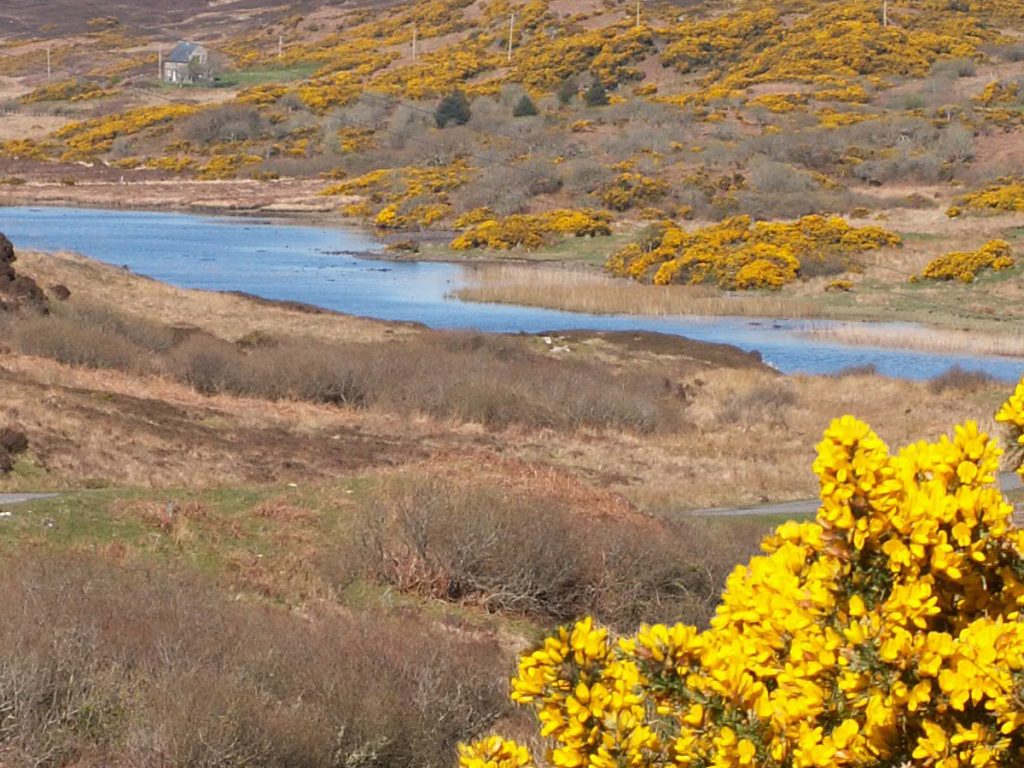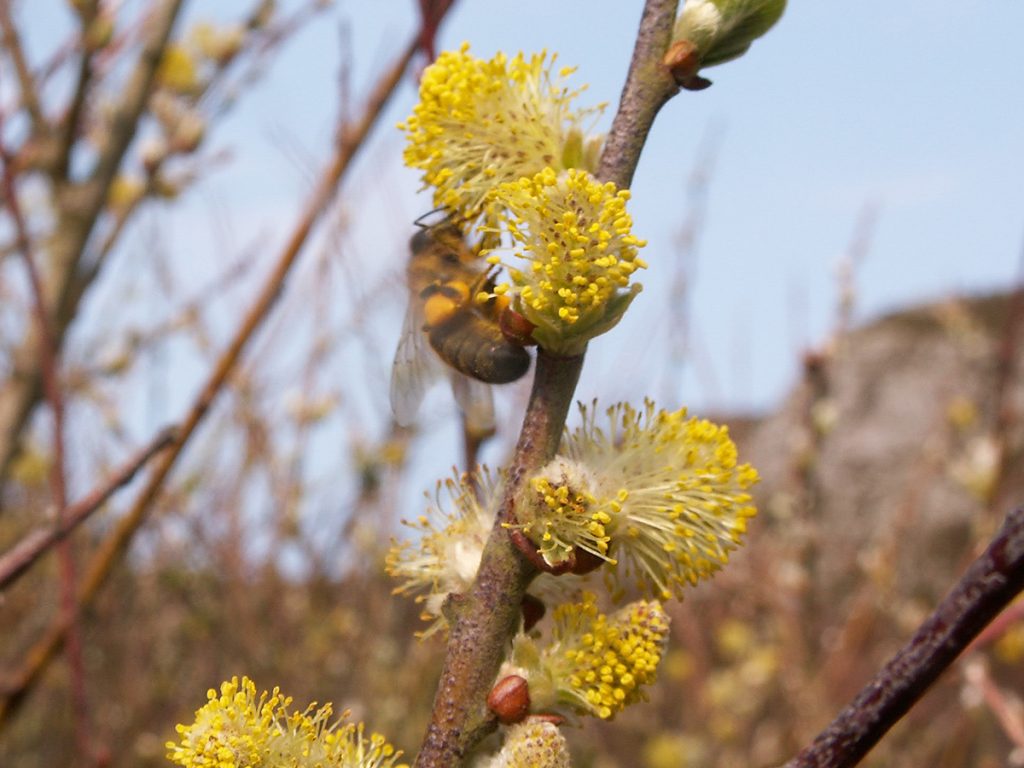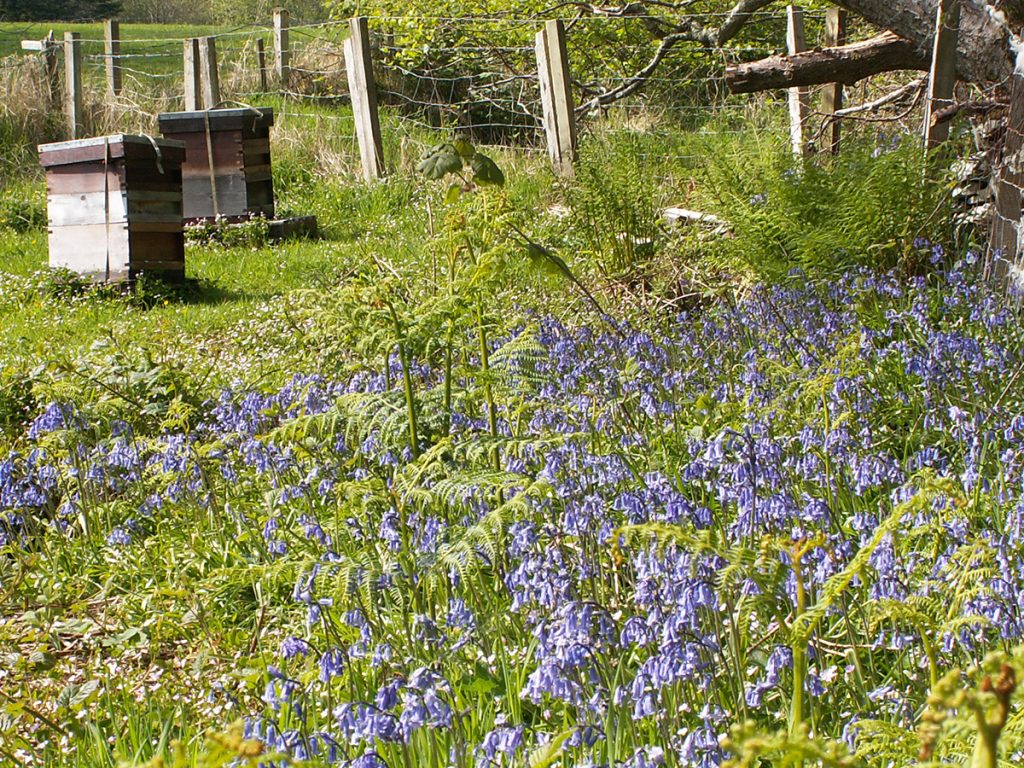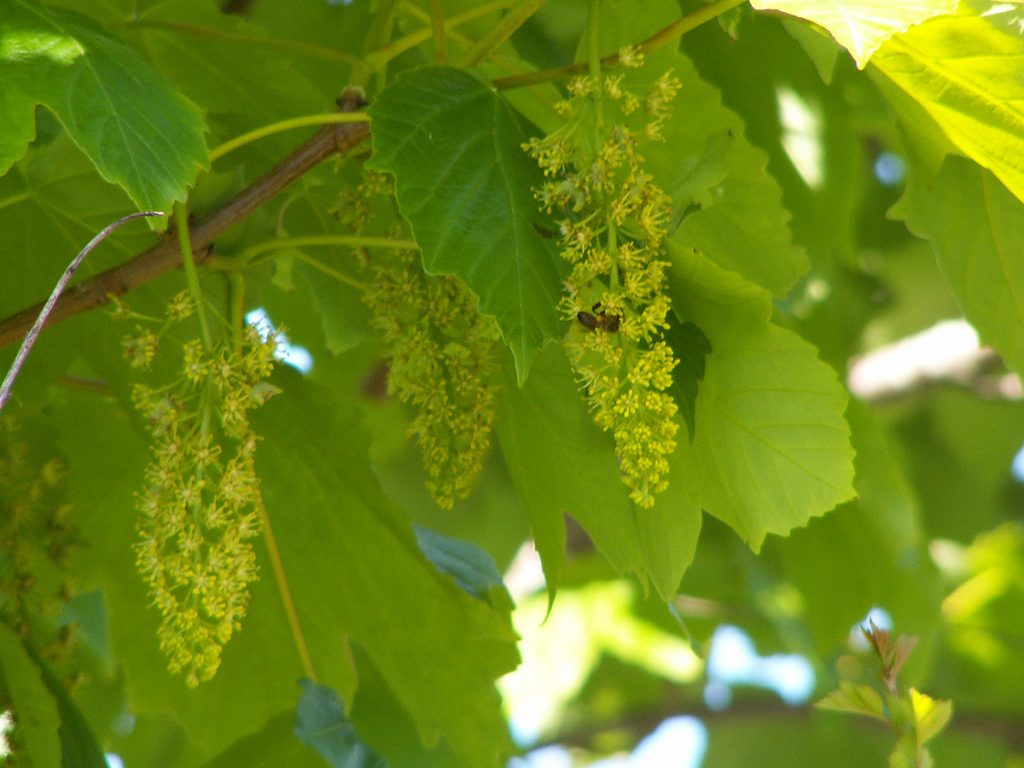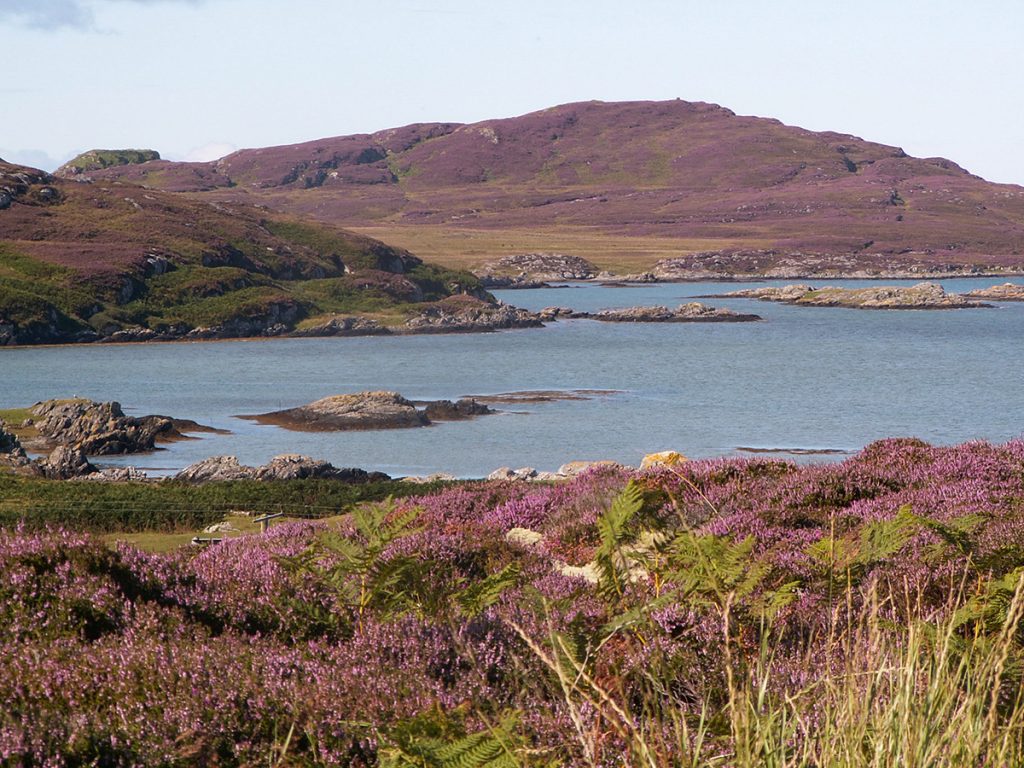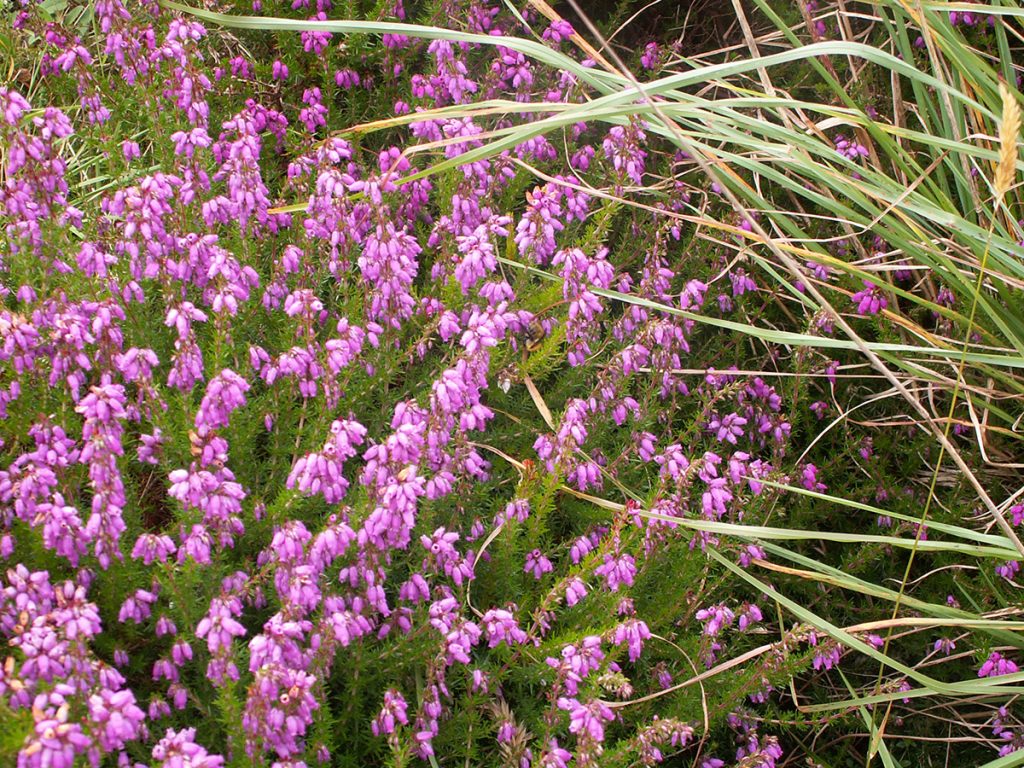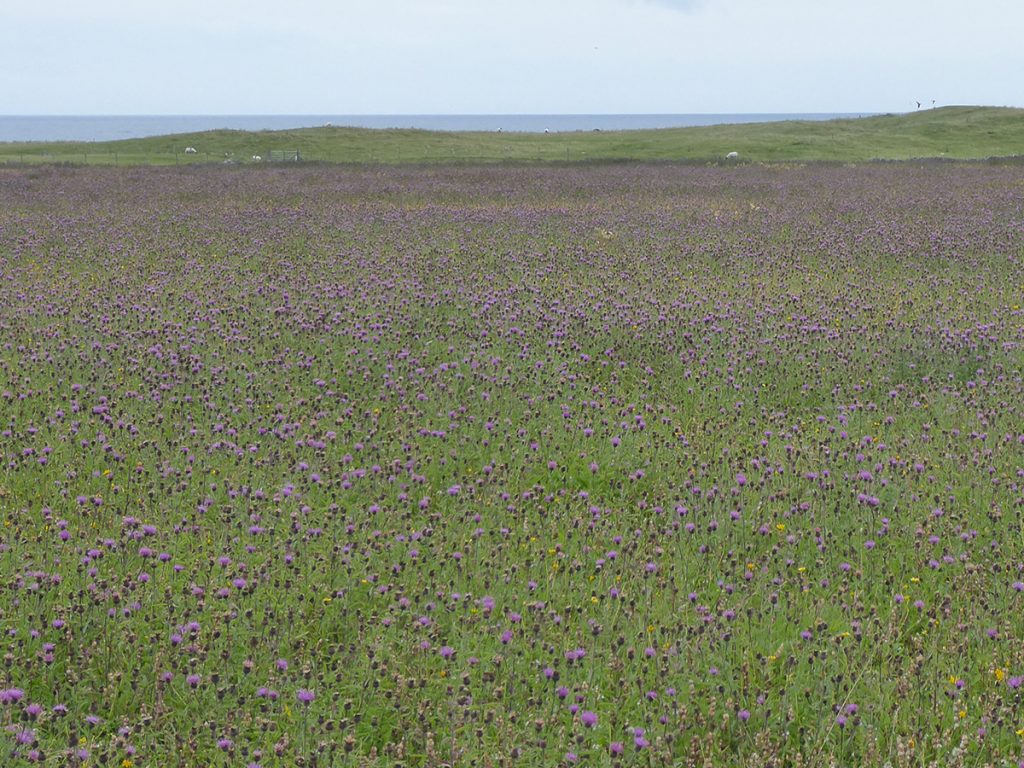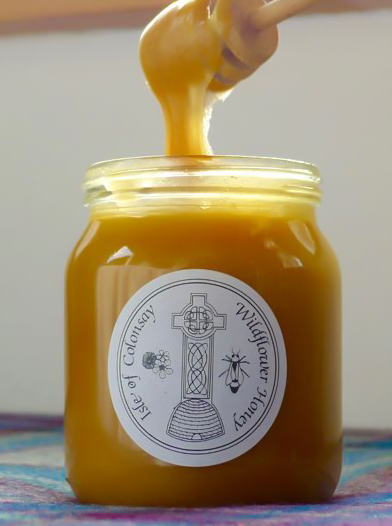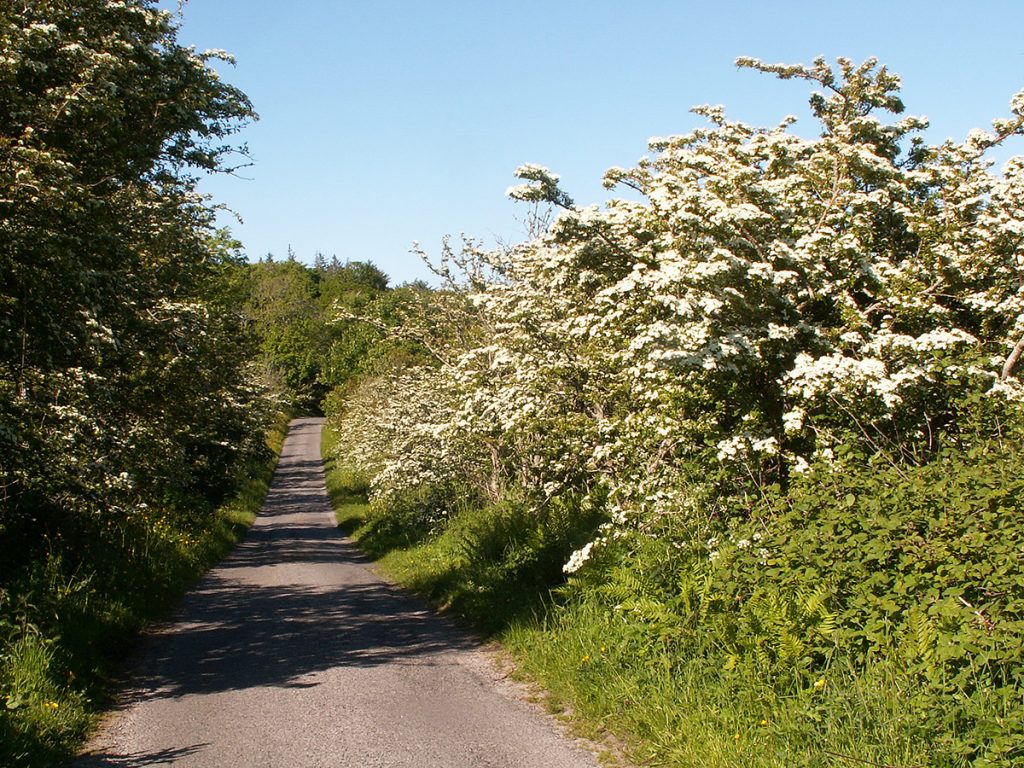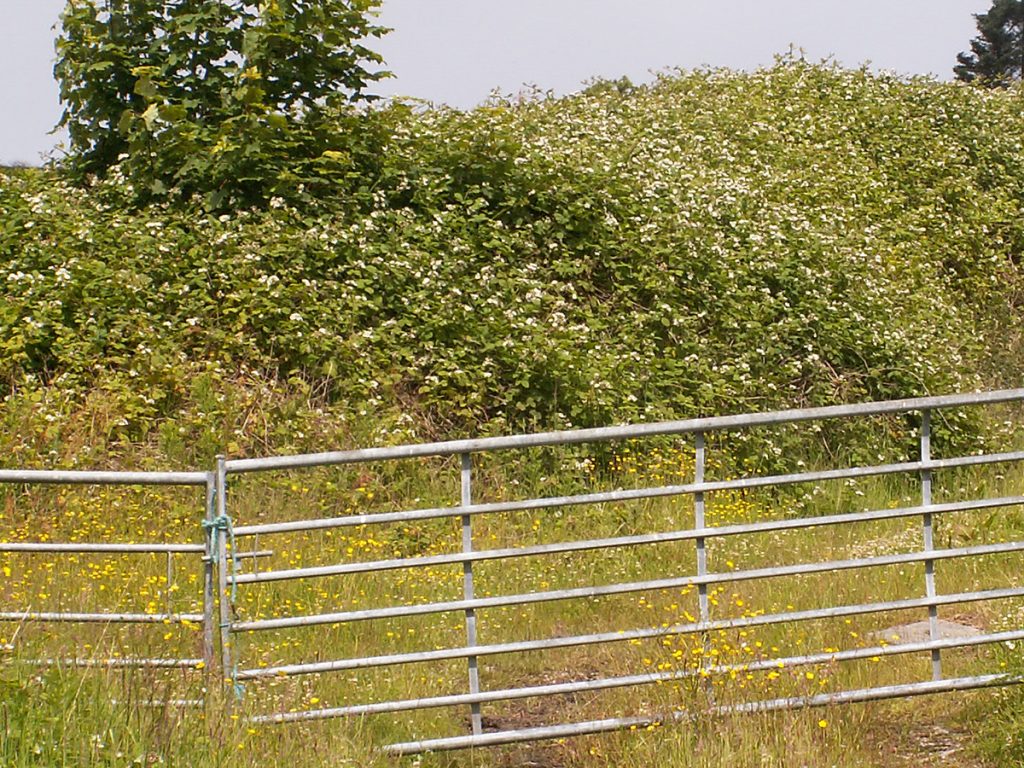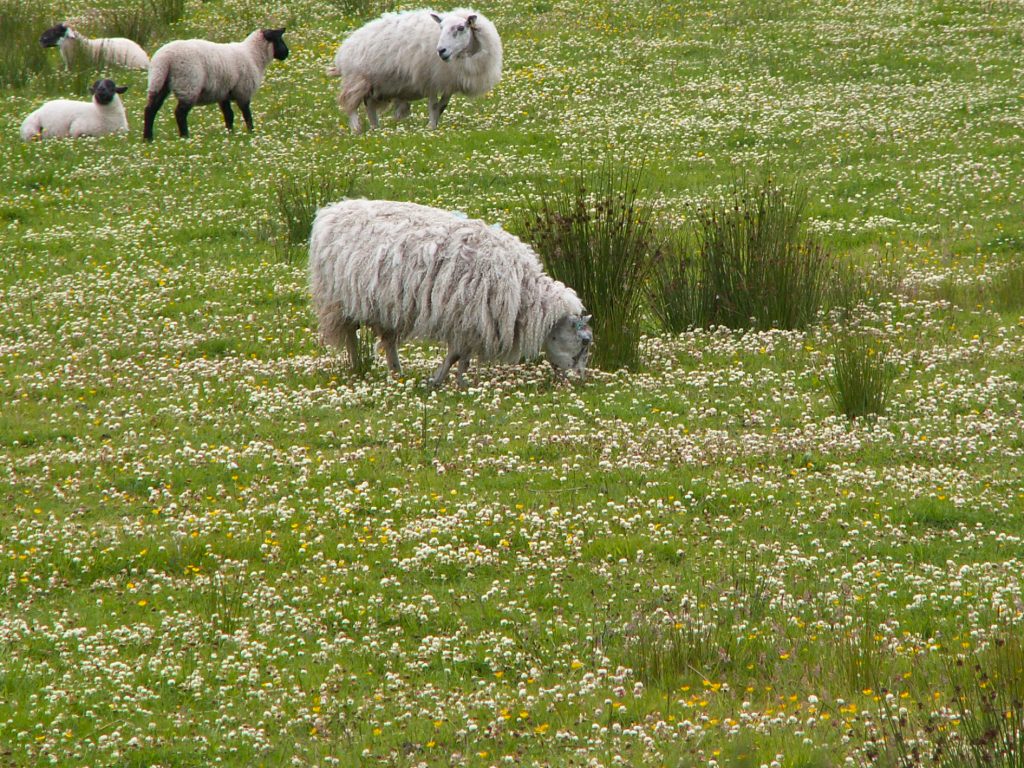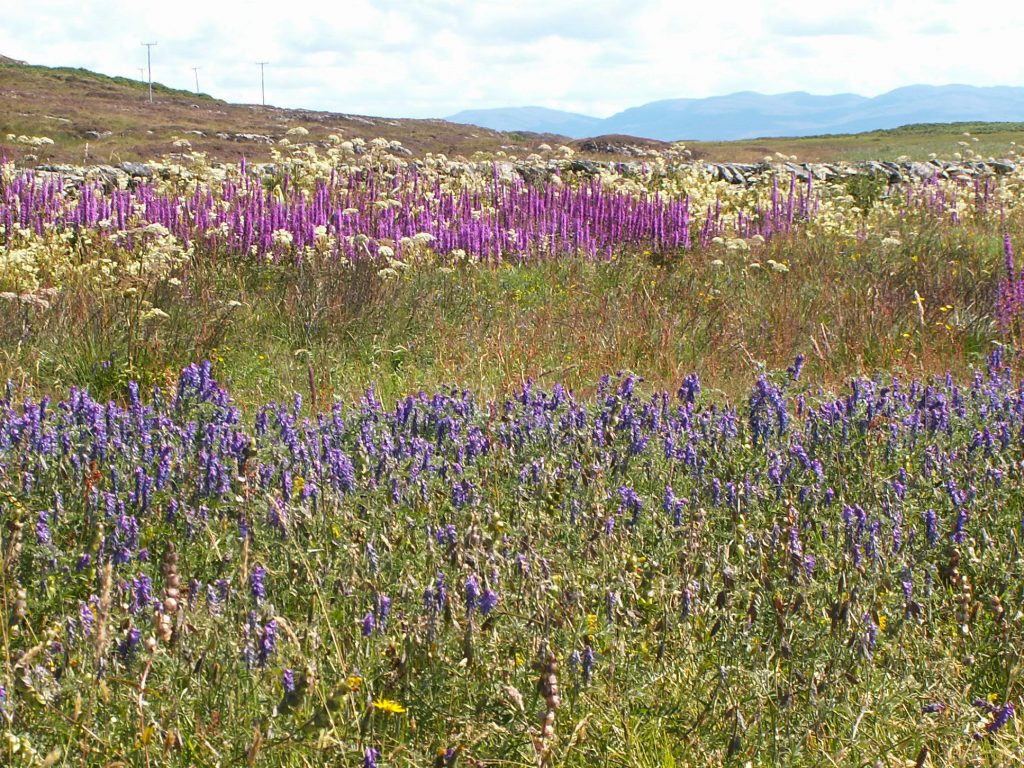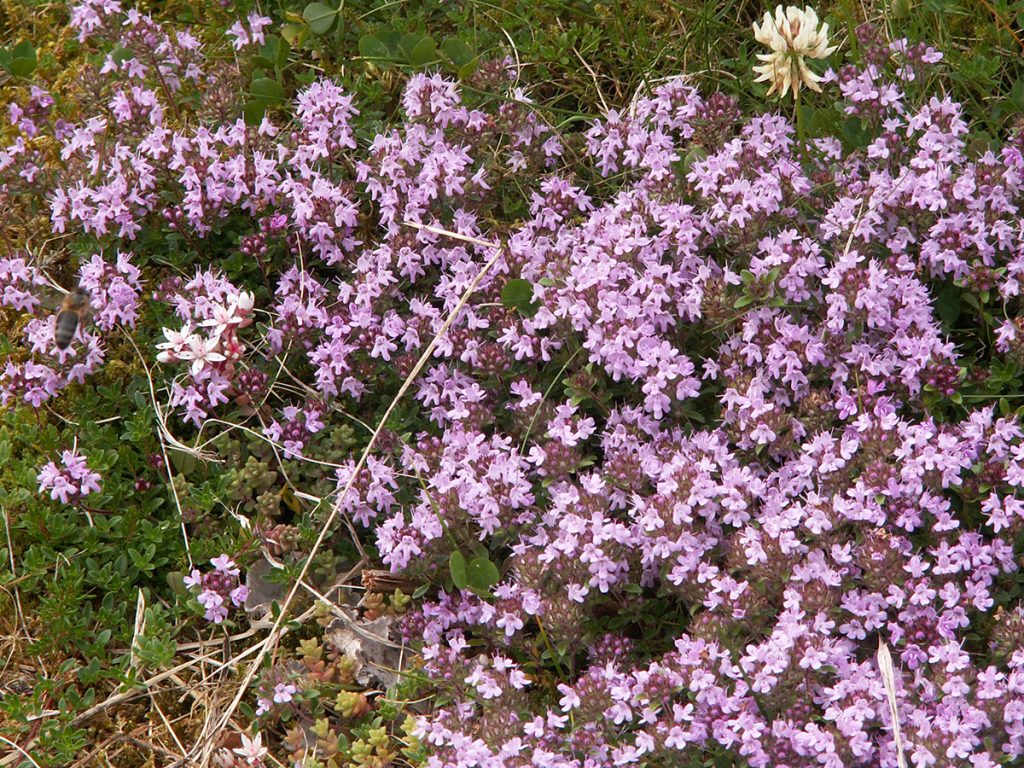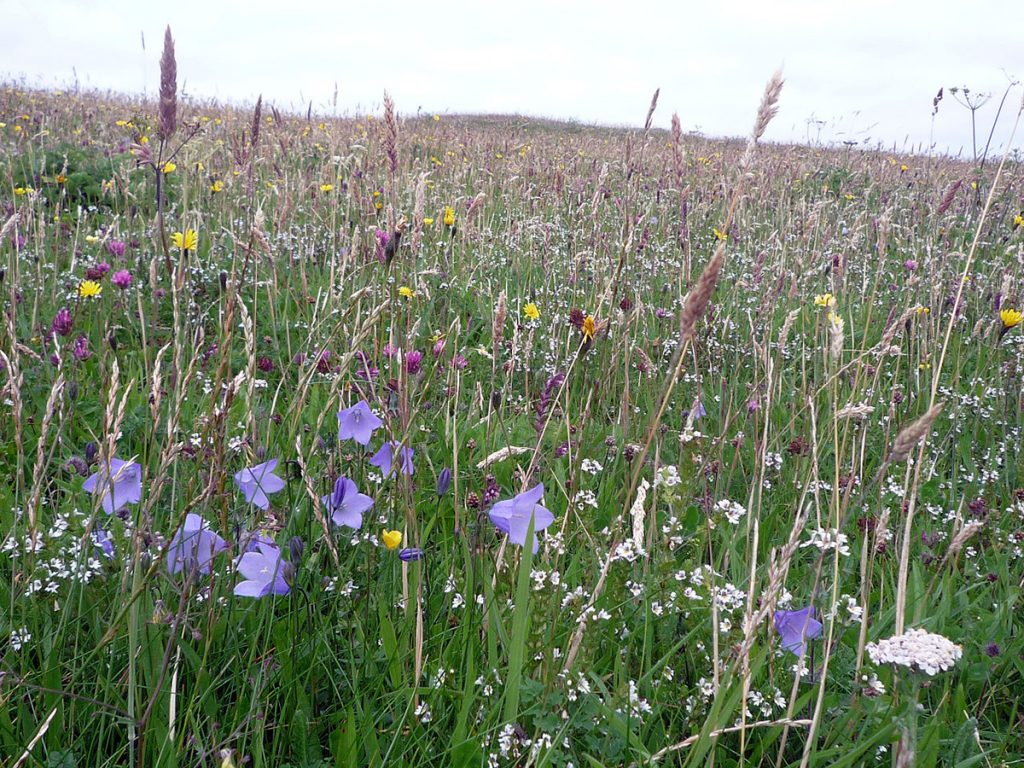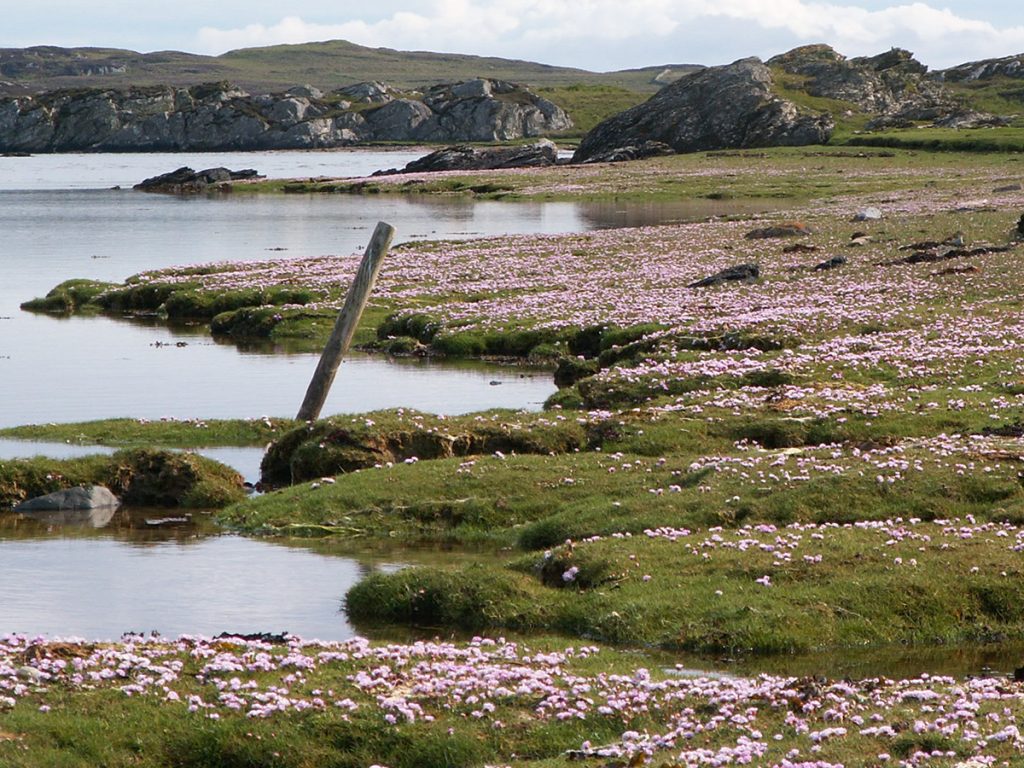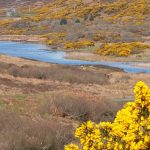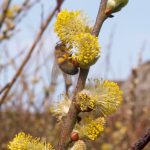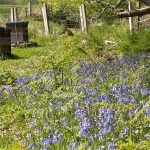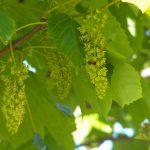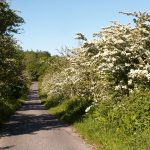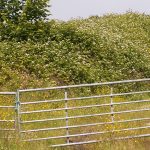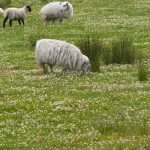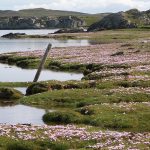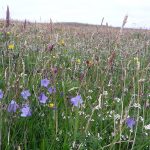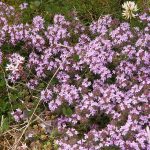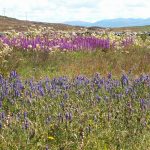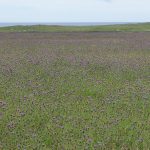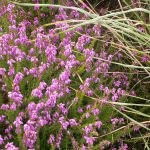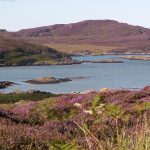Introducing Colonsay Honey
Isle of Colonsay Wildflower Honey is unique, not only because of its taste but also because of its provenance. Amongst honeys it is ranked with the best. Bees and quality honey are something of a rarity on small windswept islands.
This honey is not another sweetener to go into the cupboard with supermarket honeys, jams and syrups. It merits a place on the top shelf alongside the Malt Whisky. It is a honey that should be savoured, with the thought that each spoonful is simply the concentration of nectar from thousands of Hebridean wildflowers; a special gift from the industrious bees.
What gives Colonsay Honey its unique flavour?
Honey gets its flavour and consistency from the floral nectars on which the bees are foraging. Each nectar varies in the type of sugars, proteins, minerals, trace elements present and also importantly in the small quantities of aromatic oils that differ between all flowering plants. Monofloral honey comes from the nectar of flowers of one species, eg. heather, clover, oilseed rape, orange blossom. Polyfloral honey comes from the nectar several different species of flower. Bees will forage 2-3 miles from their hives and it is the mix of nectars within that foraging area that make up the stored honey and determine its flavour.
Industrial farming has laid waste the natural bee forage of most of Britain. Hedges uprooted, every weed sprayed, grasslands fertilised by nitrogen instead of clover. Today, only at the margin, in places such as Colonsay, can a wide diversity of wildflowers still be found. Colonsay and Oronsay have varied habitats from the machair near the shore, to non intensive farmland, hedges, woodland, exotic gardens and open heather moorland. Over 50% of all British wildflower species grow in this small area. A very mixed and varied feast for the bees!
The important nectar flows that make the bulk of the honey are sycamore and bluebell in the spring, hawthorn, bramble and clover in the summer months and then the bell and ling heathers of the autumn. But it is the fragrant nectars of the numerous wildflowers that gives Isle of Colonsay Wildflower Honey it’s unique and special flavour. The strong aromatic oils of the wild thyme, growing on the sandy machair, are just one example.
The forage year of Colonsay Black Bees
The colour and taste of Colonsay honey will vary and depend on the season and the weather when the different plants are flowering and so which honeys are present in the combs when extracted. The heathers normally make up 60-70%. Honey is extracted and filtered with minimum heat to preserve the essential oils and their unique flavours. I try to ensure that the texture is consistent – softset and smooth, without granulation.
What you need to do to order Isle of Colonsay Wildflower Honey
We are always happy to fulfil postal orders for Isle of Colonsay Wildflower Honey. The honey will be sent on receipt of your order, cheque or Bank Transfer.
(I do not accept Credit Card or PayPal payments)
Transfer Details Sort Code 80-17-99 00102131
Andrew M. Abrahams (Business Account)
Orders should be sent to:
Andrew Abrahams
Poll Gorm
Isle of Colonsay
Argyll
PA61 7YR
Cheques should made out to: Andrew Abrahams
Please print the name and address clearly on the order and remember to include the postcode.
Allow at least 10 days for delivery as mail to the island can be slow. Proof of posting will be supplied. Loss in transit must be at purchasers risk.
Honey is supplied in 454gms (1lb) glass jars.
Total charges for the honey including post & packing are as follows: 1 x 454 gms £17.00
